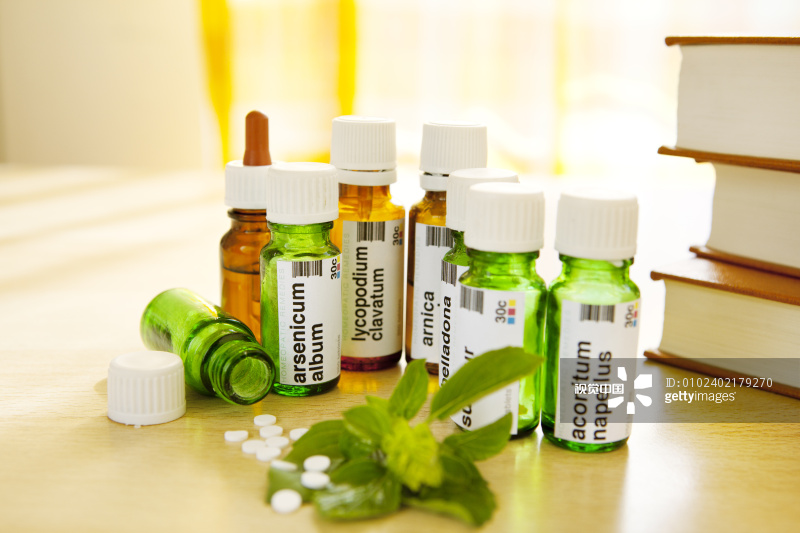Your Location:Home - Hot Topics > - Content
News and Information
Arsenic in Food
Time:2017-03-21 11:03:09
Source:FDA

Arsenic is present in the environment as a naturally occurring substance or as a result of contamination from human activity. It is found in water, air, food, and soil in organic and inorganic forms.
What is Arsenic?
Arsenic is a chemical element present in the environment from both natural and human sources, including erosion of arsenic-containing rocks, volcanic eruptions, contamination from mining and smelting ores, and previous or current use of arsenic-containing pesticides.
Are there different types of arsenic?
There are two types of arsenic compounds in water, food, air, and soil: organic and inorganic (these together are referred to as “total arsenic”). The inorganic forms of arsenic are the forms that have been associated with long term health effects. Because both forms of arsenic have been found in soil and ground water for many years, some arsenic may be found in certain food and beverage products, including rice, fruit juices and juice concentrates.
How does arsenic get into foods? Do all foods have arsenic?
Arsenic may be present in many foods including grains, fruits, and vegetables where it is present due to absorption through the soil and water. While most crops don’t readily take up much arsenic from the ground, rice is different because it takes up arsenic from soil and water more readily than other grains. In addition, some seafood has high levels of less toxic organic arsenic.
Do organic foods have less arsenic than non-organic foods?
Because arsenic is naturally found in the soil and water, it is absorbed by plants regardless of whether they are grown under conventional or organic farming practices.
What are the health risks associated with arsenic exposure?
Long-term exposure to high levels of arsenic is associated with higher rates of skin, bladder, and lung cancers, as well as heart disease. The FDA is currently examining these and other long-term effects.
What is Arsenic?
Arsenic is a chemical element present in the environment from both natural and human sources, including erosion of arsenic-containing rocks, volcanic eruptions, contamination from mining and smelting ores, and previous or current use of arsenic-containing pesticides.
Are there different types of arsenic?
There are two types of arsenic compounds in water, food, air, and soil: organic and inorganic (these together are referred to as “total arsenic”). The inorganic forms of arsenic are the forms that have been associated with long term health effects. Because both forms of arsenic have been found in soil and ground water for many years, some arsenic may be found in certain food and beverage products, including rice, fruit juices and juice concentrates.
How does arsenic get into foods? Do all foods have arsenic?
Arsenic may be present in many foods including grains, fruits, and vegetables where it is present due to absorption through the soil and water. While most crops don’t readily take up much arsenic from the ground, rice is different because it takes up arsenic from soil and water more readily than other grains. In addition, some seafood has high levels of less toxic organic arsenic.
Do organic foods have less arsenic than non-organic foods?
Because arsenic is naturally found in the soil and water, it is absorbed by plants regardless of whether they are grown under conventional or organic farming practices.
What are the health risks associated with arsenic exposure?
Long-term exposure to high levels of arsenic is associated with higher rates of skin, bladder, and lung cancers, as well as heart disease. The FDA is currently examining these and other long-term effects.
Last article4 Types of Foods to Help Boost Your Memory
Next articleFresh vs Frozen Foods: Let’s Talk About Corn



